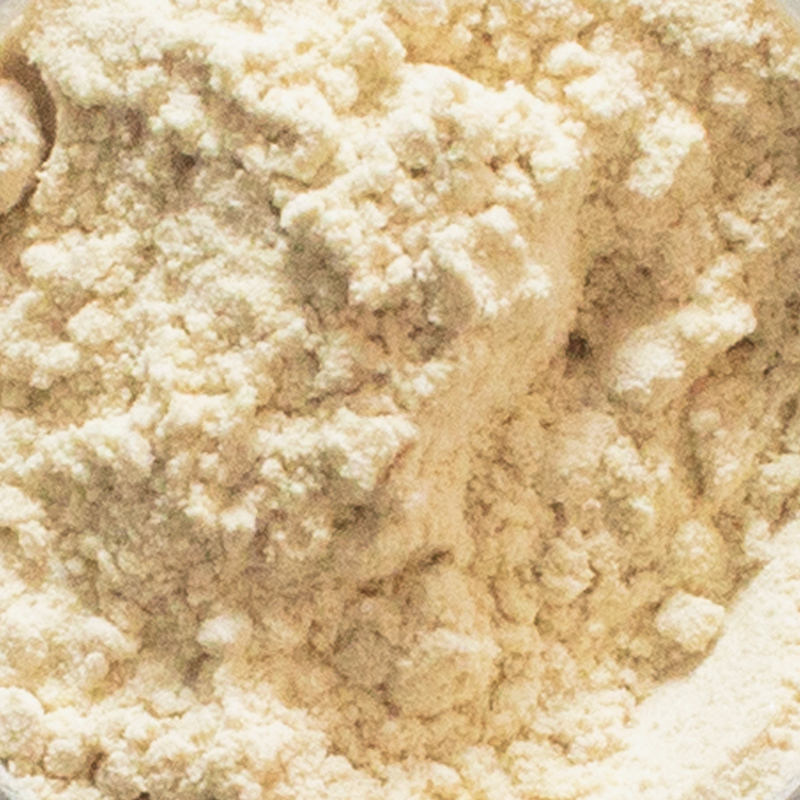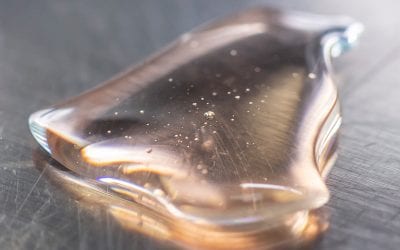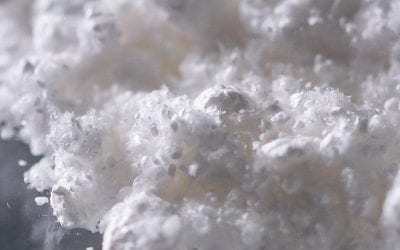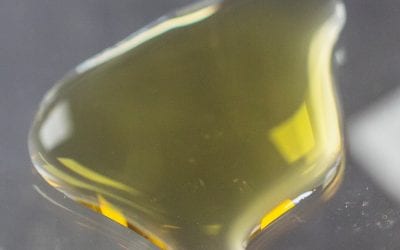What is CBDA?
Cannabidiolic acid, also known as CBDA, is a cannabinoid found naturally in the hemp plant. This cannabinoid occurs in higher ratios in the hemp plant and is the precursor to the well-known cannabinoid CBD. CBDA becomes CBD when the plant is heated or exposed to sunlight and air over time. Recent scientific literature studies indicate that CBDA may have some great therapeutic benefits.
What is CBDA good for?
As with many other cannabinoids, research into the effects of CBDA have only recently been picking up. The list below will delve deeper into these studies and highlight some of CBDA’s therapeutic potential.
CBDA has anti-inflammation properties:
As previously mentioned, CBDA is found to reduce COX-2, an enzyme that is largely responsible for causing inflammation. An earlier study in 2008 found that CBDA was able to selectively inhibit COX-2, while anti-inflammatory drugs at the time were known to non-selectively inhibit both COX-1 & COX-2.(1)
A 2018 study on rats also found that CBDA reduced inflammation and hyperalgesia at a rate much higher than CBD at an equivalent dose.(2)
CBDA has the potential to treat nausea:
A study conducted in 2013 found CBDA to be 1000 times more potent than CBD in reducing acute nausea in rats. This reduction of nausea was also met without the loss of locomotive activity.(3) A similar study in 2013 on house musk shrews found that CBDA reduced both toxin and motion-induced vomiting.(4)
These findings are especially important as a potential treatment for chemotherapy-induced nausea.
How to use CBDA in formulations?
In the ever-growing cannabinoid industry, it is important to understand the properties of the material you’re working with to ensure the material is functional in your finished goods. Choosing the proper ingredient supplier is important to ensure your quality and consistency in your formulations. Open Book Extracts offers CBDA in powder format for ease of formulation.
When working with CBDA in a formulation setting, it is important to not decarboxylate the ingredient when preparing CBDA products, as the reaction will create CBD.(5) CBDA’s most frequent application is with a tincture that would be administered orally. CBDA can also be used to infuse topicals like creams and balms.
The future of CBDA?
Even recently, studies done in 2021 have found CBDA to possibly reduce thermal pain sensitivity in male rats.(6) And scientists are researching the effectiveness of hemp leaf teas,(7) opening a new path of ingestion for this cannabinoid ingredient.
As with many cannabinoids, the future is extremely bright for CBDA. Through more time researching and extracting CBDA, it’s true potential will only become more clear.
References
1) Shuso Takeda, Koichiro Misawa, Ikuo Yamamoto and Kazuhito Watanabe (2008). Cannabidiolic Acid as a Selective Cyclooxygenase-2 Inhibitory Component in Cannabis, 36, https://doi.org/10.1124/dmd.108.020909
2) Rock, E. M., Limebeer, C. L., & Parker, L. A. (2018). Effect of cannabidiolic acid and ∆ 9 – tetrahydrocannabinol on carrageenan-induced hyperalgesia and edema in a rodent model of
inflammatory pain. Psychopharmacology, 235(11), 3259–3271. https://doi.org/10.1007/s00213-018-5034-1
3) Rock, E. M., & Parker, L. A. (2013). Effect of low doses of cannabidiolic acid and ondansetron on LiCl-induced conditioned gaping (a model of nausea-induced behaviour) in rats. British journal of pharmacology, 169(3), 685–692. https://doi.org/10.1111/bph.12162
4) Bolognini, D., Rock, E. M., Cluny, N. L., Cascio, M. G., Limebeer, C. L., Duncan, M., Stott, C. G., Javid, F. A., Parker, L. A., & Pertwee, R. G. (2013). Cannabidiolic acid prevents vomiting in Suncus murinus and nausea-induced behaviour in rats by enhancing 5-HT1A receptor activation. British journal of pharmacology, 168(6), 1456–1470. https://doi.org/10.1111/bph.12043
5) Moreno, T., Dyer, P., & Tallon, S. (2020). Cannabinoid Decarboxylation: A Comparative Kinetic Study. Industrial & Engineering Chemistry Research, 59(46), 20307-20315.
doi:10.1021/acs.iecr.0c03791
6) Vigli, D., Cosentino, L., Pellas, M., & Filippis, B. D. (2021). Chronic Treatment with Cannabidiolic Acid (CBDA) Reduces Thermal Pain Sensitivity in Male Mice and Rescues the Hyperalgesia in a Mouse Model of Rett Syndrome. Neuroscience, 453, 113-123. doi:10.1016/j.neuroscience.2020.09.041
7) Knezevic, F., Nikolai, A., Marchart, R., Sosa, S., Tubaro, A., & Novak, J. (2021). Residues of herbal hemp leaf teas – How much of the cannabinoids remain? Food Control, 127. doi:https://doi.org/10.1016/j.foodcont.2021.108146
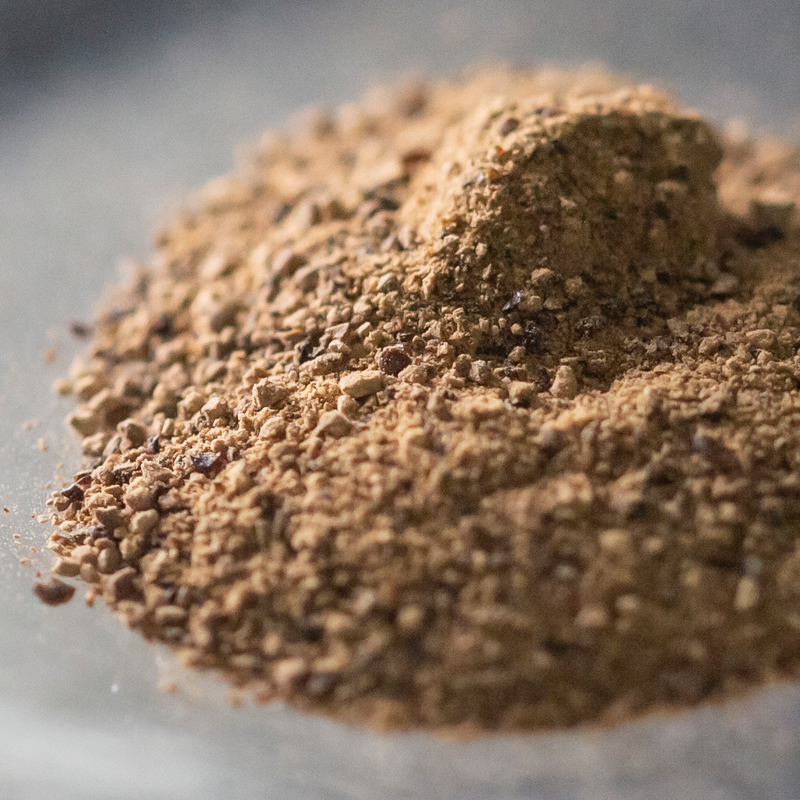
What is CBDA?
Cannabidiolic acid, also known as CBDA, is a cannabinoid found naturally in the hemp plant. This cannabinoid occurs in higher ratios in the hemp plant and is the precursor to the well-known cannabinoid CBD. CBDA becomes CBD when the plant is heated or exposed to sunlight and air over time. Recent scientific literature studies indicate that CBDA may have some great therapeutic benefits.
What is CBDA good for?
As with many other cannabinoids, research into the effects of CBDA have only recently been picking up. These studies point towards the cannabinoid’s possible use in treating cancer, seizures, inflammation, and nausea. The list below will delve deeper into these studies and highlight some of CBDA’s therapeutic potential.
CBDA may inhibit cancer cell growth:
A study in 2012 found that CBDA inhibits the migration of an aggressive breast cancer cell line known as MDA-MB-231.(1) A similar study in 2017 also found CBDA to reduce cyclooxygenase-2 (COX-2), an enzyme known to cause inflammation and detected in almost 40% of human invasive breast cancers.(2) These results are extremely exciting, however, there is still much research to be done before CBDA can
become a cancer treatment.
CBDA as a treatment for epilepsy:
In a 2021 experiment, CBDA was found to have a similar effectiveness as CBD in reducing seizures during a maximal electroshock seizure test on rodents. CBDA was also able to achieve these results at a lower dose, further lowering the possibility of adverse side effects.(3)
While some case studies have reported similar results in humans after self-administering CBDA, replicating these results in human trials could pioneer new options for epileptic patients in the future.
CBDA has anti-inflammation properties:
As previously mentioned, CBDA is found to reduce COX-2, an enzyme that is largely responsible for causing inflammation. An earlier study in 2008 found that CBDA was able to selectively inhibit COX-2, while anti-inflammatory drugs at the time were known to non-selectively inhibit both COX-1 & COX-2.(4)
A 2018 study on rats also found that CBDA reduced inflammation and hyperalgesia at a rate much higher than CBD at an equivalent dose.(5)
CBDA has the potential to treat nausea:
A study conducted in 2013 found CBDA to be 1000 times more potent than CBD in reducing acute nausea in rats. This reduction of nausea was also met without the loss of locomotive activity.(6) A similar study in 2013 on house musk shrews found that CBDA reduced both toxin and motion-induced vomiting.(7)
These findings are especially important as a potential treatment for chemotherapy-induced nausea.
How to use CBDA in formulations?
In the ever-growing cannabinoid industry, it is important to understand the properties of the material you’re working with to ensure the material is functional in your finished goods. Choosing the proper ingredient supplier is important to ensure your quality and consistency in your formulations. Open Book Extracts offers CBDA in powder format for ease of formulation.
When working with CBDA in a formulation setting, it is important to not decarboxylate the ingredient when preparing CBDA products, as the reaction will create CBD.(8) CBDA’s most frequent application is with a tincture that would be administered orally. CBDA can also be used to infuse topicals like creams and balms.
The future of CBDA?
Even recently, studies done in 2021 have found CBDA to possibly reduce thermal pain sensitivity in male rats.(9) And scientists are researching the effectiveness of hemp leaf teas,(10) opening a new path of ingestion for this cannabinoid ingredient.
As with many cannabinoids, the future is extremely bright for CBDA. Through more time researching and extracting CBDA, it’s true potential will only become more clear.
References
1) Takeda, S., Okajima, S., Miyoshi, H., Yoshida, K., Okamoto, Y., Okada, T., Amamoto, T., Watanabe, K., Omiecinski, C. J., & Aramaki, H. (2012). Cannabidiolic acid, a major cannabinoid in
fiber-type cannabis, is an inhibitor of MDA-MB-231 breast cancer cell migration. Toxicology letters, 214(3), 314–319. https://doi.org/10.1016/j.toxlet.2012.08.029
2) Takeda, S., Himeno, T., Kakizoe, K., Okazaki, H., Okada, T., Watanabe, K., & Aramaki, H. (2017). Cannabidiolic acid-mediated selective down-regulation of c-fos in highly aggressive breast
cancer MDA-MB-231 cells: possible involvement of its down-regulation in the abrogation of aggressiveness. Journal of natural medicines, 71(1), 286–291. https://doi.org/10.1007/s11418-
016-1030-0
3) Goerl, B., Watkins, S., Metcalf, C., Smith, M., & Beenhakker, M. (2021). Cannabidiolic acid exhibits entourage-like improvements of anticonvulsant activity in an acute rat model of
seizures. Epilepsy research, 169, 106525. https://doi.org/10.1016/j.eplepsyres.2020.106525
4) Shuso Takeda, Koichiro Misawa, Ikuo Yamamoto and Kazuhito Watanabe (2008). Cannabidiolic Acid as a Selective Cyclooxygenase-2 Inhibitory Component in Cannabis, 36, https://doi.org/10.1124/dmd.108.020909
5) Rock, E. M., Limebeer, C. L., & Parker, L. A. (2018). Effect of cannabidiolic acid and ∆ 9 – tetrahydrocannabinol on carrageenan-induced hyperalgesia and edema in a rodent model of
inflammatory pain. Psychopharmacology, 235(11), 3259–3271. https://doi.org/10.1007/s00213-018-5034-1
6) Rock, E. M., & Parker, L. A. (2013). Effect of low doses of cannabidiolic acid and ondansetron on LiCl-induced conditioned gaping (a model of nausea-induced behaviour) in rats. British journal of pharmacology, 169(3), 685–692. https://doi.org/10.1111/bph.12162
7) Bolognini, D., Rock, E. M., Cluny, N. L., Cascio, M. G., Limebeer, C. L., Duncan, M., Stott, C. G., Javid, F. A., Parker, L. A., & Pertwee, R. G. (2013). Cannabidiolic acid prevents vomiting in Suncus murinus and nausea-induced behaviour in rats by enhancing 5-HT1A receptor activation. British journal of pharmacology, 168(6), 1456–1470. https://doi.org/10.1111/bph.12043
8) Moreno, T., Dyer, P., & Tallon, S. (2020). Cannabinoid Decarboxylation: A Comparative Kinetic Study. Industrial & Engineering Chemistry Research, 59(46), 20307-20315.
doi:10.1021/acs.iecr.0c03791
9) Vigli, D., Cosentino, L., Pellas, M., & Filippis, B. D. (2021). Chronic Treatment with Cannabidiolic Acid (CBDA) Reduces Thermal Pain Sensitivity in Male Mice and Rescues the Hyperalgesia in a Mouse Model of Rett Syndrome. Neuroscience, 453, 113-123. doi:10.1016/j.neuroscience.2020.09.041
10) Knezevic, F., Nikolai, A., Marchart, R., Sosa, S., Tubaro, A., & Novak, J. (2021). Residues of herbal hemp leaf teas – How much of the cannabinoids remain? Food Control, 127. doi:https://doi.org/10.1016/j.foodcont.2021.108146

